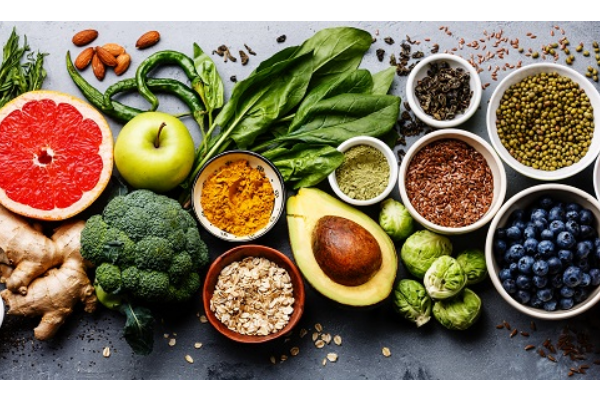As we stumble and bumble around Brexit, as Nationalism and protectionism sweeps through Europe, US and China… our hunger for internationalism, when it comes to food, knows no bounds.
At the London Food and Drink Conference 2019, there was much debate as to what the next big thing is. As someone who grew up in 70’s Britain, when it was considered exotic/dangerous/subversive to eat spaghetti and we ate out twice a year at a Beefeater or Berni Inn – it’s amazing that the then ‘new’ cuisines: Indian and Chinese are now requiring makeovers. Indian and Chinese are now going lighter, leaner and fresher so they keep pace with our healthier desires. We’re now also beginning to fall in love with African cuisine; the signature berbere spice (including chili peppers, garlic, ginger, basil, korarima, rue, ajwain or radhuni, nigella, and fenugreek – well I guess we’ve loved nigella for a few years now) has made an indelible and irreversible impression on our taste-buds.
This global hunger is twinned with a global realisation, that as our desire for fantastic food and our sheer numbers grow, it means Mother Earth is under an unsustainable amount of pressure. A familiar trend is that of protein. We’ve been in love with protein for a few years now, since Mr Atkins and our resultant fear of carbs. What is interesting is the switch in focus to where the protein comes from – it is now obvious that the famous TVE innovation of 30 years ago, Quorn, is just a small part in a global obsession with low impact protein. In terms of impact we’ve seen stats on fish being better for the planet than chicken, chicken being lower impact than beef… mushrooms, plants, seaweed and now also insect protein are bubbling under as potentials – not because they taste great or we’ve all become Vegan; it’s just we’re trying to get our protein more sustainably.
- One 75g burger patty contributes around 8Kg of greenhouse gases, that’s four times the amount of the equivalent serving of fish
- Insect protein anyone? Well we might not be thrilled by the thought of it but will we be interested to see if our pets will eat it – our dogs and cats actually contribute around 20% of our greenhouse gas emissions through their protein needs and resultant outputs…
- One recent study shows that running the US pet population, provides the same equivalent environmental impact as running 13 million cars – Cockroach Chum anyone?
- Rising interest in alternative protein… perhaps the best stat and example of our growing desire for alternative protein was mentioned in a couple of side debates at the food and innovation conference: The other week, Beyond Meat, a fairly infant company from the US with Celebrity backing and awe inspiring distribution saw it’s value soar to $3.8Bn a 192% share price increase from launch. Not bad for a company with a $90m turnover… which has yet to make a profit, delivering $30M loss last year.
So from Ryvita to Quorn to Bird’s Eye and a host of other contributors at the Food and Innovation conference – the biggest trend is our passion for the world, world food and alternative proteins that can be sustained in an increasingly pressured planet. The world’s getting smaller, let’s see if we can eat it up a little less fast and a bit more responsibly.


